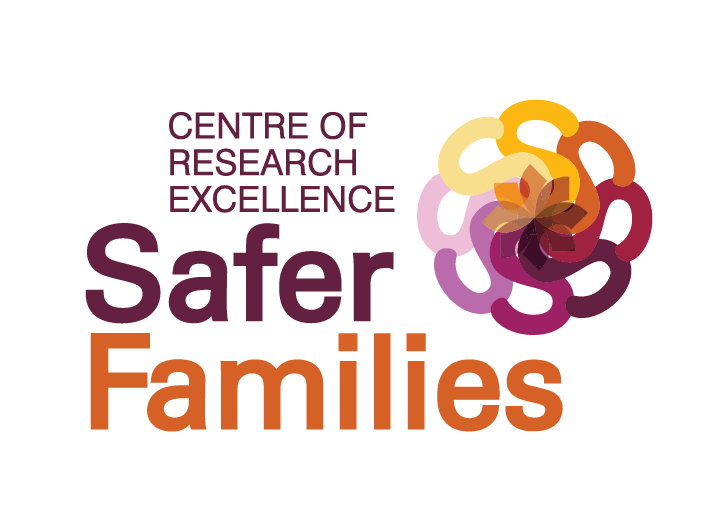Why our focus on women
We acknowledge that survivors of intimate partner violence may be of any gender. Anyone can also be a perpetrator. All forms of violence are unacceptable.
Globally, one in three women experience physical or sexual violence by partners.[1] Women are more likely than men to experience severe physical, emotional and sexual abuse from a current or past partner, causing fear, injuries chronic physical and mental health problems and premature death.[1]
One in six Australian women report lifetime experience of physical or sexual violence in an intimate relationship and one in twenty men, with about one third of Australian children exposed to IPV.[2]
Between the birth of a first child and that child turning one year of age, one in five Australian women report experiences of physical and/or emotional violence by an intimate partner, translating to around 60,000 Australian families affected in this phase of life each year.[3]
Intimate partner violence damages the mental and physical health of individual women, men, young people and children [1] and is a leading contributor to death and disability for women of child-bearing age.[4]
One woman is killed every week by a partner in Australia. [5]
Our focus on women is because research supports that men are the perpetrators in the majority of cases for intimate partner violence. Incident reports also show that violence that is perpetrated against men is more often outside the home. [2] Our Centre has a focus on domestic violence and abuse or intimate partner violence, which mostly occurs in the home.



